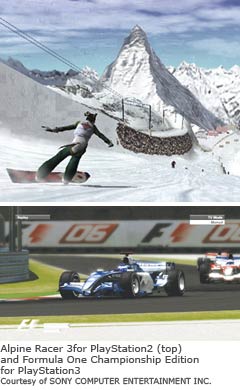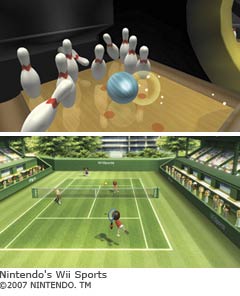Nintendo”Ēs launch of the Nintendo Entertainment System (NES; known as Family Computer, or
Famicon, in Japan) in 1983 planted the seeds of success for Japan”Ēs gaming industry. The console”Ēs
superior performance and ease of use resulted in almost 63 million shipments worldwide. This era
also laid the foundations for such genres as action games (Nintendo”Ēs Super Mario Bros, for the NES) and role-playing games (RPGs, including Dragon Quest developed by Enix, now Square
Enix). The 1990 release of the Super Nintendo Entertainment System (Super Famicon in Japan)
sustained the momentum, spurring the creation of a wide range of gaming software.
The generation that grew up with these consoles formed the next wave of developers. Active in the early 1990s, they created the PlayStation with its high-quality graphics and enhanced processing power. They also focused on new genres such as 3D fighting games and rhythm action games. Japanese gaming software became popular in other countries because of its attractive characters (reflecting the impact of manga and anime), the sweep of its virtual worlds and its appeal to a broad array of gamers, from beginners to serious players.
Starting with Nintendo”Ēs Game Boy (1989), portable gaming consoles for children represent another major trend. Nintendo”Ēs Pokemon software released for the Game Boy in 1996 was a huge hit, winning children”Ēs hearts because it allowed them to raise and swap their own monsters. Together,
domestic shipments and exports of Japanese gaming software exceed a combined 200 million titles annually. The release of next-generation consoles such as Nintendo”Ēs Wii and Sony Computer Entertainment”Ēs PlayStation3 in 2006 buoyed shipments in Japan and overseas. Portable consoles
such as the Nintendo DS and the PlayStation Portable (PSP) also remain very popular.
|
|

 |












